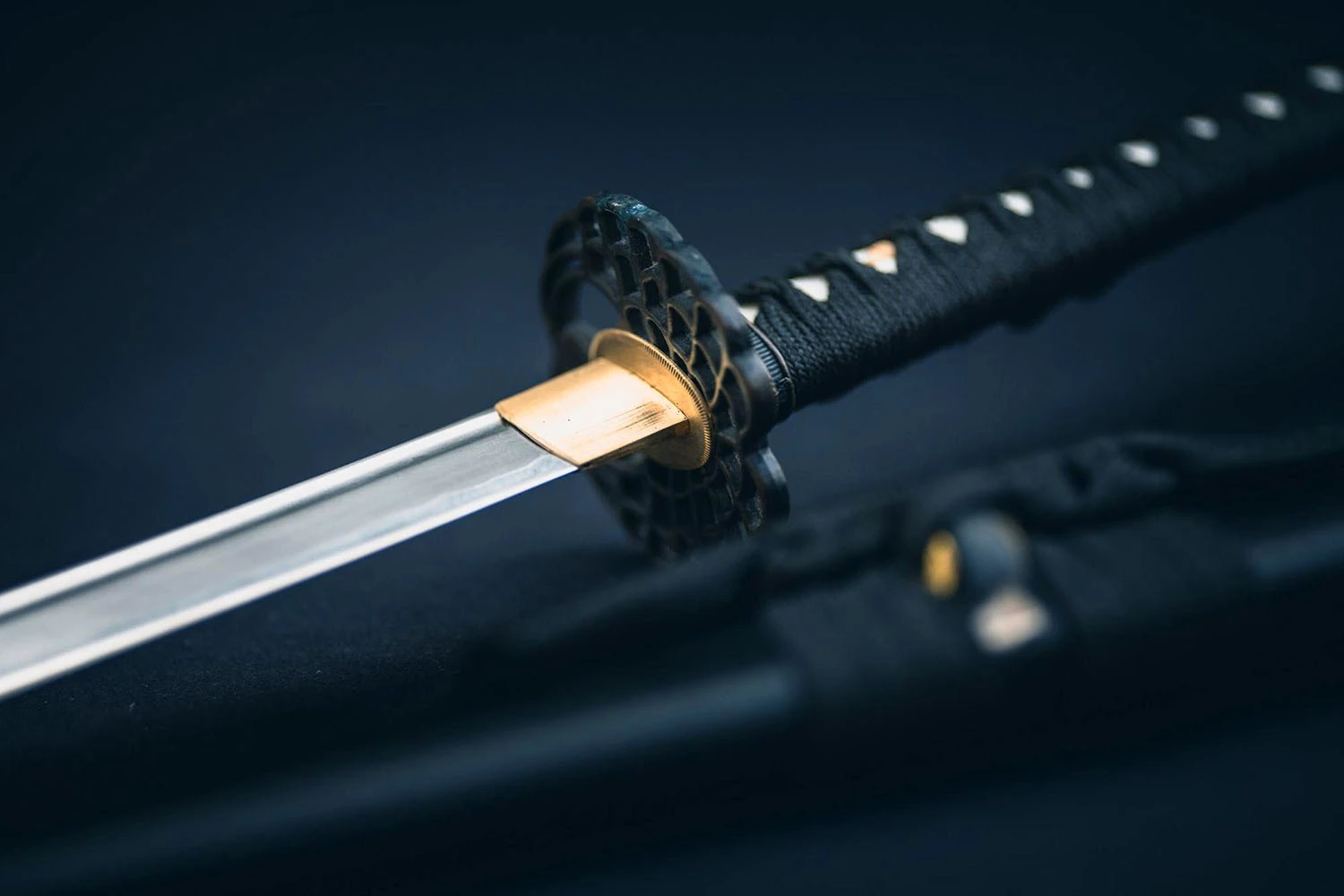
Japanese martial arts - tradition, discipline and artistry
Japanese martial arts is one of the oldest and most fascinating traditions in the world. It encompasses a variety of disciplines that have developed over centuries and are still practised today in their original form or in modern variations. From the famous samurai warriors to today's practitioners, Japanese martial arts offer more than just physical skills - they also promote mental discipline, concentration and self-control.
Origin of the Japanese martial arts
The roots of Japanese martial arts reach far back into the country's history, with influences from China, Korea and India. As early as the 7th century, various fighting techniques were developed in Japan, which later formed the basis for today's disciplines. These early martial arts included unarmed techniques as well as the use of swords, bows, spears and other weapons. These arts were not only developed for fighting purposes, but also for spiritual and moral training.
The importance of the samurai
The samurai played a decisive role in the development of Japanese martial arts. They were not only warriors, but also the guardians of tradition and culture. The samurai code, known as "bushido", emphasised virtues such as honour, discipline, courage and loyalty. For the samurai, mastering the martial arts was a life task that was deeply connected to their spiritual and moral development. The sword - especially the katana - was seen not only as a weapon, but also as a symbol of the samurai code of honour.
The diversity of Japanese martial arts
There are many different Japanese martial arts, each with unique techniques, philosophies and training methods. The best known include:
Karate: a weaponless martial art that focuses on punching, kicking and blocking techniques.
Judo: A grappling-based sport that includes throws and ground fighting.
Aikido: A martial art based on redirecting the attacker's energy and aiming to subdue the opponent without serious injury.
Kendo: Sword fighting that focuses on the use of the sword, promoting both physical and mental discipline.
Iaido: The art of sword drawing, which involves fast, precise sword movements, often combined with meditative aspects.
Ninjutsu: The art of the ninja, which includes strategy, espionage, stealth and the use of various weapons.
The principle of harmony and balance
One of the central philosophies behind Japanese martial arts is the search for harmony and balance - both physically and mentally. In many martial arts, students are encouraged not only to develop their physical strength, but also to cultivate inner peace, mindfulness and discipline. This holistic approach makes the Japanese martial arts more than just a sport. They are a philosophy of life that harmonises body and mind.
The importance of technique and precision
In Japanese martial arts, great importance is placed on technique and precision. Every punch, kick or throw is executed with the utmost accuracy and control. The path to mastery requires years of training and dedication. Particularly in disciplines such as kendo and iaido, practising movements in repeated, precise sequences is crucial. This meticulous focus on detail and repetition is one of the greatest strengths of Japanese martial arts and helps to develop both physical and mental strength.
Martial arts as a spiritual practice
For many practitioners, Japanese martial arts is more than just a physical sport. It is also a form of spiritual practice that centres on the path to self-improvement. Many martial arts include meditative elements that put the student in a state of mindfulness and concentration. Zazen (seated meditation) in disciplines such as aikido or karate is about calming the mind and finding inner balance. These meditative aspects make martial arts a path to personal transformation and self-discovery.
The path to mastery - the Zen mindset
Zen thought, which is strongly rooted in many Japanese martial arts, emphasises the pursuit of mastery through constant practice and self-improvement. It is not about defeating your opponent, but about overcoming yourself. This idea is rooted in the shoshin (beginner's mind) - an attitude that is always willing to learn, regardless of one's ability or experience. In Japanese martial arts, the constant pursuit of perfection is an important part of the path.
Modern meaning of Japanese martial arts
Although many of the traditional Japanese martial arts have their origins in warfare and the samurai tradition, today they are also widely practised as sports and spiritual practices. Many people around the world practise karate, judo and kendo not only to improve their physical fitness, but also to strengthen their discipline, focus and mental abilities. The Japanese martial art has become particularly popular in the western world and is taught in many schools, dojos and gyms.
Conclusion - more than just fighting
Japanese martial arts is much more than just a physical competition. It is a path to self-realisation, promoting discipline, mindfulness and inner peace. The principles of Japanese martial arts - from the balance between body and mind to the quest for constant improvement - have a profound effect on the people who practise them. Whether as a sport, spiritual practice or as part of one's own cultural development: Japanese martial arts is a valuable tradition that continues to fascinate people around the world today.
